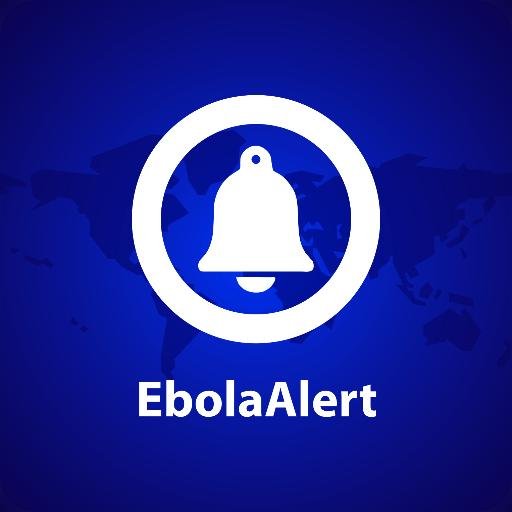Warning: Illegal string offset 'source_type' in /home/mychutej/public_html/blog/wp-content/plugins/egany-facebook-to-wp/egany_facebook_to_wordpress.php on line 1099
Health workers fear these numbers could rise exponentially because of poor water and sanitation conditions in many camps across the area.
The first cholera cases were identified in the Internally Displaced Persons (IDPs) camps in Borno State, north-east Nigeria, on the 16th of August, in spite of extensive efforts to improve sanitation conditions in camps and to raise awareness of the importance of best practices in hygiene.
As of September 12, 2017, health partners have counted more than 1,625 confirmed and/or suspected cases and at least 40 cholera-related deaths. Health workers fear these numbers could rise exponentially because of poor water and sanitation conditions in many camps across the area.
Most of the cholera cases are concentrated in Borno’s capital, Maiduguri, and in the local government areas of Dikwa and Monguno.
Here are five ways humanitarian partners are supporting the Nigerian government to contain the cholera outbreak;
1. Cholera Treatment Centers
Specialized treatment centers are being set up in all currently identified outbreak hotspots. Some 330 beds have been made available to provide urgent care for the most severely affected women, children and men.
2. Oral Rehydration Points
To contain the outbreak, health workers need to be able to quickly use oral rehydration salts to rehydrate patients who are not too severely infected. Where possible, suspected cases are monitored in these rehydration sites for one or two days before being discharged.
3. Life-saving medicine
Cholera can be treated with oral rehydration salts, antibiotics and nutritional supplements to support patients’ immune systems. Health partners have been stocking clinics with these supplies, but stocks are running low and additional medicines need to be procured.
Cholera can also be prevented with a vaccine through an organized campaign. Humanitarian agencies, in support of the Ministry of Health, will roll out a campaign in the hardest-hit areas later this month.
4. Surveillance and shelter spraying
Crucial for the timely detection and referral of cholera cases, surveillance teams conduct door-to-door investigations. Once a household has been identified as having a member with suspected cholera, the sick family member and anyone else showing symptoms are referred to a nearby treatment or re hydration centre. In addition, teams are deployed to spray shelters and homes with chlorine.
5. Raising Awareness
Promoting good hygiene practices among communities is key to prevent further transmission of the disease. Door-to-door visits, youth and women’s groups, schools, posters, skits, radio broadcasts are some of the methods being used to inform communities about how to avoid infection. Humanitarian groups have also been undertaking other critical activities, such as setting up hand-washing stations throughout sites that house internally displaced people in hotspot areas; emptying, cleaning and disinfecting latrines; and training medical workers.
Much more needs to be done to contain the outbreak should it continue to spread, but the capacity of aid groups in this region is already stretched to the limit. Humanitarian agencies are forced to divert resources from other life-saving programmes to rapidly respond to the cholera crisis. Without immediate and adequate action, this outbreak could spread to other areas of the north-east, or even become long term. Additional funds are urgently required to prevent the worst from happening.
Source: United Nations Office of the Coordination of Humanitarian Affairs














Leave a Reply